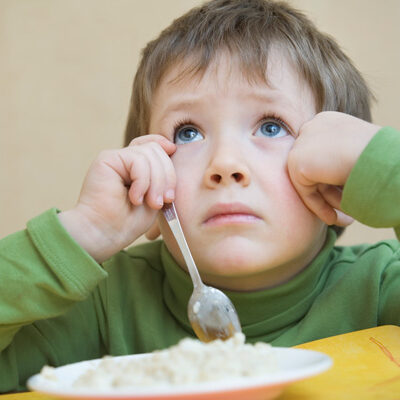My Child Can’t Eat-Navigating Sensory Challenges: Part 2

Navigating Sensory Challenges
This article will discuss ways you can increase your awareness in what motivates your child from a behavioral/sensory perspective, and is not a substitute for professional help.
By now, you have determined if your child is a “picky” eater or a “problem” feeder. Let’s discuss a method to really hone in on what is actually happening to your child.
Your first strategy is to discover what in fact makes your child tick. Every person is motivated and repelled by something and it is up to you to figure it out. Also, be aware that what motivates someone in the morning is typically not what motivates them in the afternoon. Our needs and motivations change with the day and demands placed on us during the day. Children are no exception to this.
Make a list of the specific things that motivate your child over a week’s time. Also, make an objective list of the things that provide abject refusals or melt-downs for your child. Note the location, time and demand placed on the child. You will begin to notice trends.
After your observation period, your next task is to get very specific about what behavior you are looking to address or change.
Here are 5 basic behaviors that drive people that I would like you to key in on:
- Sensory—feels, looks, tastes, smells, sounds pleasing
- Escape Demands—make a request, get a meltdown
- Escape Attention—behavior occurs shortly after you leave person alone
- Attention—behavior might occur when everyone is busy and not paying attention to person
- Tangible—behavior to get a toy, food or activity when told they cannot have it
I highly recommend you take a look at this tool and use it for a couple of weeks: It is called the Motivation Assessment Scale or MAS.
This scale allows you to rank a behavior by type of motivation and score it. The motivation with the highest mean score is what drives your child.
The beauty of using this scale for a while is that it will increase your awareness and knowledge base about what is really driving your child.
For feeding, specific behaviors might look like:
- Has a melt-down when asked to sit at table or in high chair
- Gags at the sight of food
- Refuses to drink from an open cup (when it should be age appropriate to do so)
- Only eats crunchy foods
- Gags on purees
- Only eats certain colors of food
- Has melt-down when new foods are introduced
- Refuses to touch foods
- Or, whatever behavior is noted in your specific situation
Use your Motivation Assessment Scale to determine what is driving the behavior (Sensory, Escape Demands, Escape Attention, Attention, Tangible).
Once you determine that, you can develop a plan of action.
My next blog will discuss strategies to use in various situations. Please do remember, if you have a child who is not eating or drinking at an age-appropriate level, professional help is indicated. This includes using a spoon and drinking from an open cup or straw by about 15 months. Early intervention is the best solution.
Please contact me if I can help you any further.
Rosemary Slade, PLLC, OTR, NC is a practicing occupational therapist and mineral-nutritional balancing practitioner. She can be reached on this website. This article is not in any manner, shape or form intended to be considered or construed as medical advice or providing a medical diagnosis. This article is for entertainment purposes only. Please see your medical doctor for medical diagnoses.
